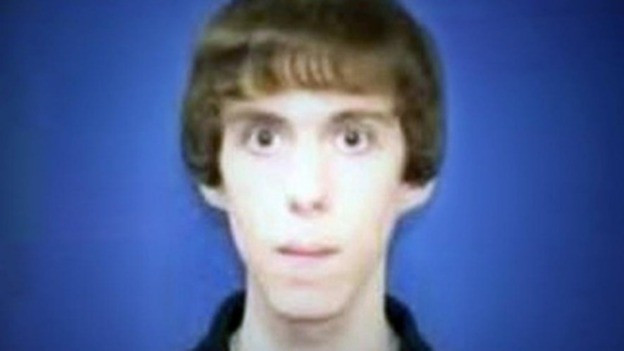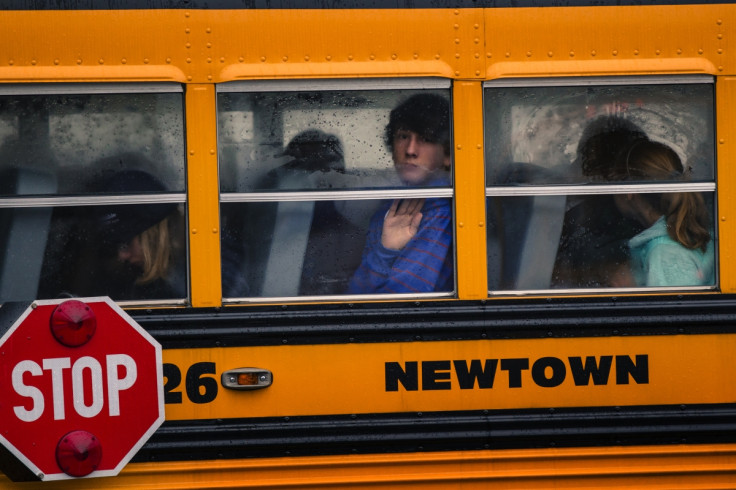Experts Debunk Myths About Mass Shootings After Sandy Hook Anniversary

On 14 December, America remembered the victims of the Sandy Hook massacre, in which 20 children and six adults were shot dead by Adam Lanza.
Following the mass murder, there was a national debate about gun control in the US and President Obama put forward a new law proposing increased gun control.
However, the Manchin-Toomey Background Checks Bill failed to pass in the US Senate by six votes, a decision Obama called "shameful".
Following the shooting, the National Rifle Association (NRA) issued a controversial statement saying that the mass murder was a result of video games and that to stop these sorts of incidents, there should be more armed guards in schools.
A year on from the Sandy Hook massacre, a group of criminology scholars have debunked 11 myths commonly believed about mass murder.
Published in a special issue of Homicide Studies, the experts said speculation surrounding personality types of killers, frequency of incidents and preventative policies led to a number of misconceptions.
James Alan Fox and Monica J DeLateur looked at research and statistics that debunk 11 common myths and noted that these misconceptions limit the possibility of preventing mass murders.

The myths:
Myth: Mass murderers "snap" and kill randomly.
Fact: Killers plan their assaults far in advance and their motives generally involve revenge, power, loyalty, terror and profit.
Myth: Mass shootings are increasing.
Fact: FBT data shows the rate of mass shootings is steady, with around 20 incidents a year in the US.
Myth: Video games cause mass murder.
Fact: There is no causal link between video games and mass murder. At best, violent video games could be a symptom of mass murders but are not the cause.
Myth: There are signs that can identify mass murderers before they kill.
Fact: Mass murderers tend to be Caucasian men with psychological problems – a huge demographic so ineffective as a telltale sign.
Myth: Improving access to mental health services would allow potential killers to get the treatment they need before committing crimes.
Fact: Increasing the number of mental health facilities may not reach people on the fringe of society who would turn to murder as many killers place the blame on others rather than themselves.
Myth: Increased background checks would keep murderers from gaining access to dangerous weapons
Fact: Research by Mayors Against Illegal Guns into 93 mass shootings found no indication that any of the assailants were prohibited by law from possessing firearms.
Myth: Armed guards at schools protect students from shooters.
Fact: Over a quarter of schools in the US already employed armed security. However, there is no way for guards to protect every single student in the event of a shooting.

Discussing their research, the authors said: "Many of the well-intentioned proposals coming in response to the recent spike in mass shootings may do much to impact the level of violent crime that plagues our nation daily. We shouldn't, however, expect such efforts to take a big bite out of crime in its most extreme form."
The authors said only "drastic policy" will lead to a reduction in mass murders in the US: "Taking a nibble out of the risk of mass murder, however small, would still be a worthy goal for the nation.
"However ... eliminating the risk of mass murder would involve extreme steps that we are unable or unwilling to take—abolishing the Second Amendment, achieving full employment, restoring our sense of community, and rounding up anyone who looks or acts at all suspicious. Mass murder just may be a price we must pay for living in a society where personal freedom is so highly valued."
© Copyright IBTimes 2025. All rights reserved.




















